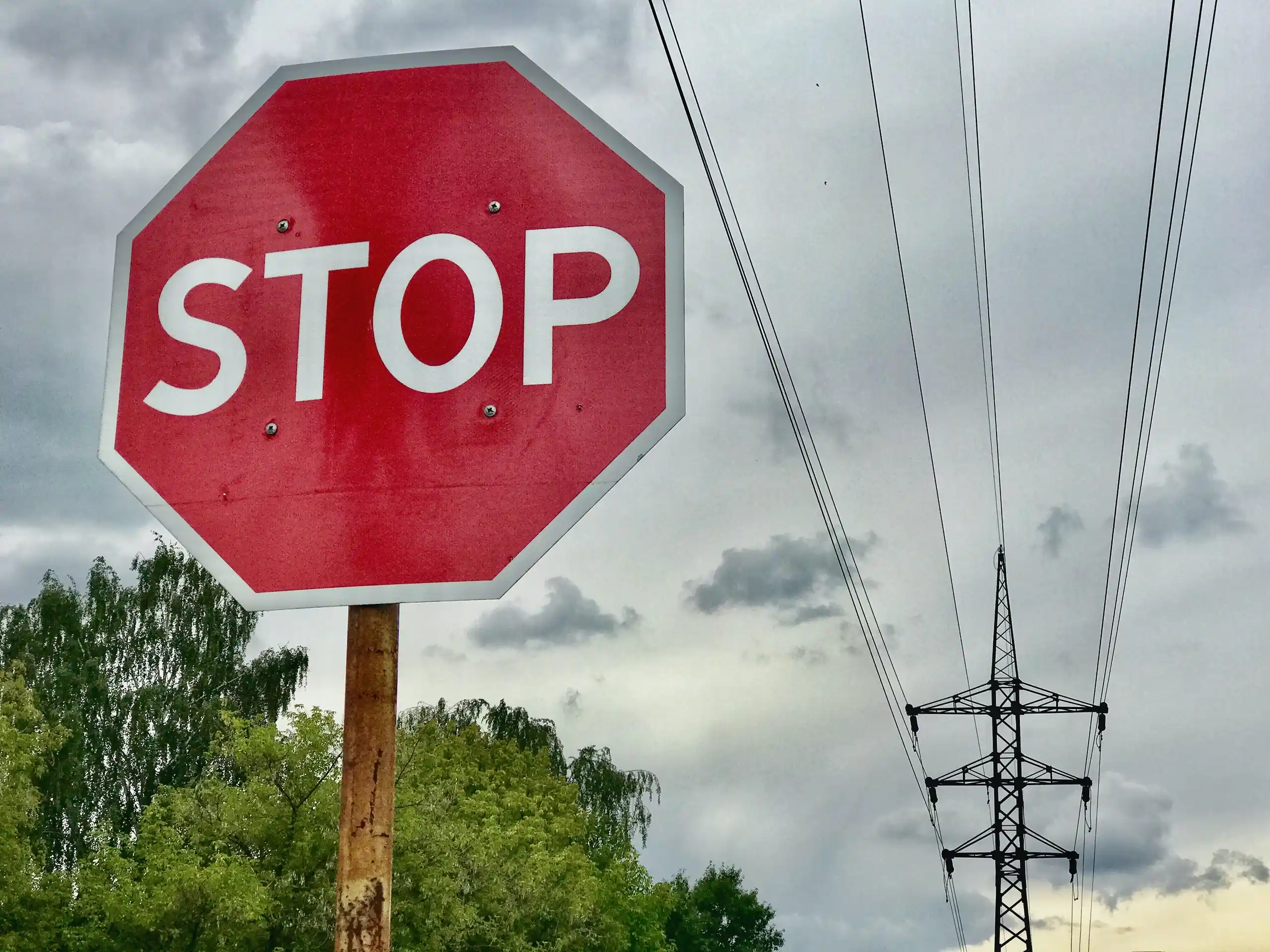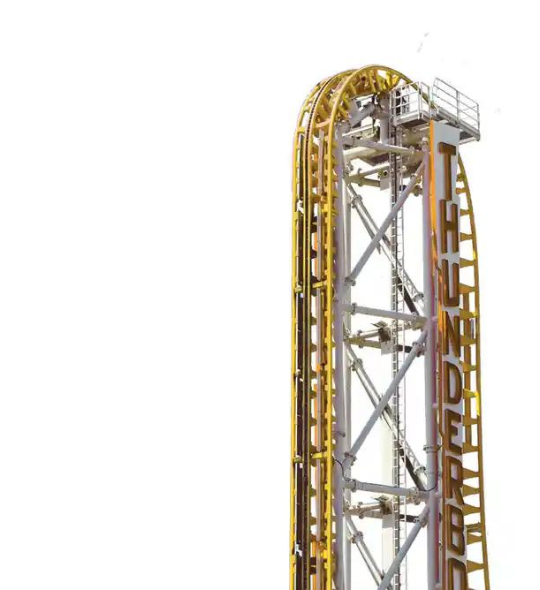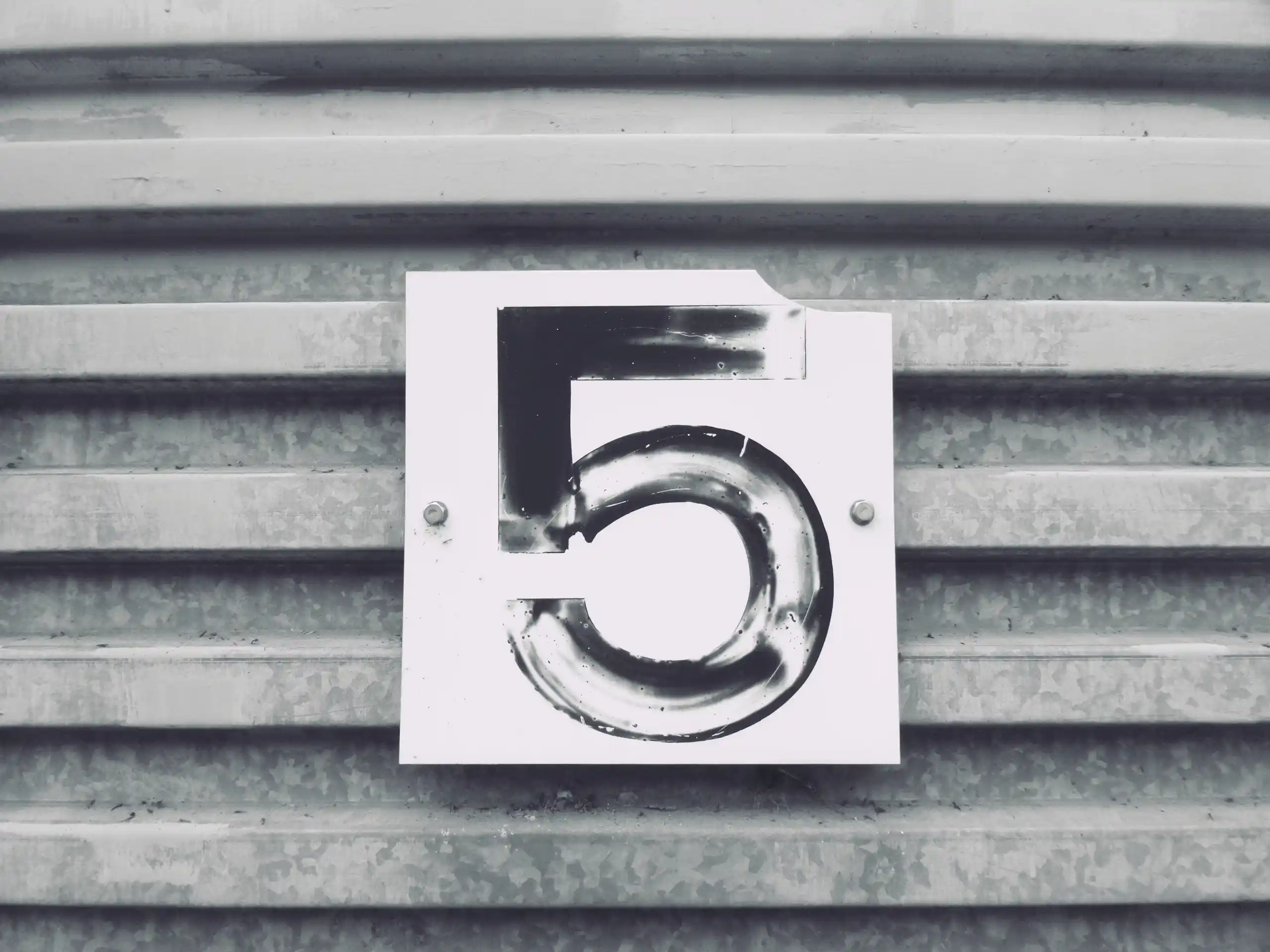
While we often take electricity for granted, there is a complex balancing act occurring behind the delivery of energy to our homes and businesses.
System Operators – who operate the electricity grid – are tasked with the job of aligning the supply of electricity from energy sources (nuclear, hydro, natural gas etc.) to the energy demand from consumers (businesses, residential etc.). Throw in variables like extreme weather events, intermittent generation sources like wind and solar along with massive electricity demand from big businesses and things can start to get complicated.
Operators have to be up for the challenge and are continually tackling the problem with different strategies to help them keep the lights on. One of these strategies; Demand Response (DR), is a creative way operators are working with electricity consumers to ensure the reliability of our energy grid.
This article will examine and explain the following elements of Demand Response:
- What is Demand Response?
- Who can participate?
- What’s in it for the system operator?
- Why particpate in DR?
- Strategies to help reduce electricity usage
- An example DR event
What is Demand Response?
Remember the famous Northeast black out of 2003 or the Polar Vortex in 2014 that brought record breaking cold temperatures to the Northeastern states? These are both examples of times a system operator might utilize DR as a strategy of controlling electricity demand on the electricity grid.
The idea isn’t new; DR is basically a kind of energy rationing. During what’s called a DR Event, the system operator will signal DR Program Participants (normally medium to large businesses who have opted into the DR Program) to reduce their energy usage by a predetermined amount over a short period of time; roughly 4 hours.
DR events are called at times when the grid is under unusually high stress because of increased electricity demand. This can be due to equipment failure (e.g. broken transformers) or extreme weather, especially extreme heat or cold seen in the scenarios mentioned above. When enough DR participants reduce their electricity consumption, demand on the grid is reduced to a more manageable level for grid operators and voila, the value of DR is realized.
The idea isn’t new; DR is basically a kind of energy rationing.
To help put things in perspective, a good way to think about DR programs is to compare the role of grid operators and DR program participants to the medical field.
In this analogy, grid operators are the hospitals and DR program participants represent the nurses and doctors. Just as hospitals have medical staff on call to come into work if there’s an increase in patient load, grid operators can call on DR program participants should there be a spike in energy use.
Medical staff on call have an agreement in place with the hospital which means they have to respond to any calls for assistance: the same relationship plays out in DR programs.
Who can participate?
Most DR programs focus on recruiting large energy users, like factories and other large businesses in order to quickly help reduce energy demand. This has proven to be a successful strategy but the window of opportunity for participation is widening.
As we see the evolution of the smart grid, advances in smart home thermostats, and Internet of Things (IoT) devices, these technological advancements are beginning to allow for greater insights and more precise responses from smaller energy users.
This is allowing groups of small businesses or even residential homes to respond to DR events as what is called an aggregated load. As more focus is being applied on DR programs as an asset for grid reliability, this aggregated approach spreads the load reduction needed during a DR event across many small electricity users rather than disproportionately across fewer large DR participants.
Depending on the program, minimum energy reductions are required from potential DR participants.
A common benchmark is the ability to reduce electricity consumption by 100 kW for a minimum of 4 hours. Electricity consumers that have the ability to reduce energy consumption around this amount and length of time have potential to be able to participate in their grid operators DR Program.
What’s in it for the system operator?
DR programs help system operators save money because it allows them to refrain from investing in expensive peaker plants. Okay – great, what’s a peaker plant? Essentially, it’s a term used for an energy supply resource that is only used during times of very high demand on the grid, normally in the form of a natural gas power plant.
Peaker plants only operate a few days per year during extraordinary circumstances and therefore cost a lot more than your average energy source.
Are you seeing the synergies here? Peaker plants are used at the same times DR events are normally called.
If a grid operator can acquire enough energy capacity from DR participants willing to reduce their consumption during these times of high demand, it can be cheaper to pay DR participants to reduce consumption than invest that money towards turning on or building new peaker plants.
Why participate in DR?
This is where DR programs come into their own; they’re a win-win scenario for everyone involved. Aside from the added benefit of contributing to a more reliable grid, DR program participants can earn back between 5% – 25% of their annual electricity costs, depending on their industry and which electricity reduction options they adopt.
The bulk of the compensation DR Participants receive comes in the form of a monthly payment provided just for opting into the program and being available to reduce electricity consumption when called upon. While the name varies between system operators, this is commonly referred to as a capacity payment.
The more electricity or capacity a DR participant has available to opt into the program, the greater their monthly payment. Remember, DR participants are called on during emergency situations on the grid. It should be noted that these scenarios don’t often arise so there is a high potential your business could receive capacity payments while not even having to reduce consumption for a DR event.
Aside from the added benefit of contributing to a more reliable grid, DR program participants can earn back between 5% – 25% of their annual electricity costs.
To explain how this works, let’s return to our hospital analogy. Just as a hospital pays medical staff to be on call, so too do grid operators pay DR participants. In this analogy, medical staff are being paid for their potential work, or in other words for their potential to work.
Even if a nurse or doctor is not called into work while on call, they are nevertheless paid for their time. This same arrangement describes DR programs; the only difference is that DR program participants are being paid for their potential to not work (or at least to work less).
Strategies to help reduce electricity usage
Businesses have several options at their disposal to help reduce their energy use. Some simple behavioural changes which can often lead to significant energy savings are as routine as switching off non-essential lighting, or lowering thermostats by several degrees.
Alternate (or complementary) options include slowing down or shutting down some production lines. If you have to slow or shut down production the DR payments you get from your grid operator help cover the costs of any associated losses.
Don’t think that these slowdowns/shutdowns are a bad thing, because if organized efficiently, these curtailment periods don’t have to cause you problems. For example, a forward thinking business can use these periods to conduct repairs or maintenance. You have to shut down equipment for maintenance work anyways: work stoppages / curtailments have to occur sooner or later.
By coordinating your repair schedule with DR events you can minimize the amount of downtime.
Revenue from DR program participation can also sweeten the deal for organizations looking at more capital intensive energy solutions. Energy storage or traditional generators can be turned on during DR events allowing for business as usual while refraining from the use of electricity sourced from the grid. This will earn you DR payments while also alleviating stress from the grid.
An example DR event
Getting your head around DR is easier if you look at an example scenario. Let’s consider the following. A city is experiencing a heat wave, which has put stress on the local grid because households and businesses are cranking up the air conditioning and other cooling systems, consuming lots of energy.
The heat alone (say around noon) could be enough to cause the grid operator to announce a DR event, but in this scenario let us also combine the heat with the fact that the typical post-rush hour Peak is underway. Your grid operator may be used to the second factor, and usually compensates in response, but the added problem of the heat wave has pushed the grid to a tipping point.
In order to ensure adequate power delivery, the system operator will announce a day ahead warning of a potential DR event. This gives DR participants adequate warning of a potential event and preparations can be made for a potential energy use reduction. A second call will be made two hours before the actual event.
This call confirms how much DR participants are individually needed to reduce and for how long. In this scenario let’s make the time window 4 hours long, specifically between the time when people get home from work and when they start to go to bed (5pm – 9pm).
The weather report also says that the heat will lessen during this period as well. A DR program participant, let’s say a car parts manufacturer, is then notified to reduce energy use, which must stay under a certain threshold (say 1500 KW instead of 2000 KW per hour, that is 500 KW lower, as requested by the grid operator) for the entire 4 hour window.
What happens if you don’t listen? Failure to provide the requested reduction for the full duration of the curtailment event results in penalties, such as loss of DR payments for part or all of the curtailment period. These fines may seem scary, but often working with a DR service provider will enable you to keep these under control.
What’s EnPowered’s role in this?
There’s a lot of information here and we’ve really only just scratched the surface of how DR programs work. EnPowered is here to help do the heavy lifting. As a DR service provider and aggregator, we work with a wide range of DR participants ranging in size and curtailment strategy to provide system operators with load reductions for DR programs.
Interested in learning more about DR? Get in touch with us, we’d love to help you decide whether DR is the right fit for you and your organization.




